Hyundai IONIQ 6 vs NIO ET5 – Which one offers the better deal?
Compare performance, boot capacity, efficiency and price at a glance.
Find out which car is the better choice for you – Hyundai IONIQ 6 or NIO ET5?
Costs and Efficiency:
Price and efficiency are often the first things buyers look at. Here it becomes clear which model has the long-term edge – whether at the pump, the plug, or in purchase price.
Hyundai IONIQ 6 has a hardly perceptible advantage in terms of price – it starts at 37600 £, while the NIO ET5 costs 40700 £. That’s a price difference of around 3086 £.
In terms of energy consumption, the advantage goes to the Hyundai IONIQ 6: with 13.90 kWh per 100 km, it’s noticeable more efficient than the NIO ET5 with 18.60 kWh. That’s a difference of about 4.70 kWh.
As for range, the Hyundai IONIQ 6 performs minimal better – achieving up to 614 km, about 24 km more than the NIO ET5.
Engine and Performance:
Under the bonnet, it becomes clear which model is tuned for sportiness and which one takes the lead when you hit the accelerator.
When it comes to engine power, the Hyundai IONIQ 6 has a clearly perceptible edge – offering 650 HP compared to 490 HP. That’s roughly 160 HP more horsepower.
In acceleration from 0 to 100 km/h, the Hyundai IONIQ 6 is noticeable quicker – completing the sprint in 3.20 s, while the NIO ET5 takes 4 s. That’s about 0.80 s faster.
In terms of top speed, the Hyundai IONIQ 6 performs distinct better – reaching 257 km/h, while the NIO ET5 tops out at 200 km/h. The difference is around 57 km/h.
There’s also a difference in torque: Hyundai IONIQ 6 pulls hardly perceptible stronger with 770 Nm compared to 700 Nm. That’s about 70 Nm difference.
Space and Everyday Use:
Whether family car or daily driver – which one offers more room, flexibility and comfort?
Both vehicles offer seating for 5 people.
In curb weight, Hyundai IONIQ 6 is a bit lighter – 1850 kg compared to 2215 kg. The difference is around 365 kg.
In terms of boot space, the Hyundai IONIQ 6 offers minimal more room – 401 L compared to 386 L. That’s a difference of about 15 L.
When it comes to payload, NIO ET5 minimal takes the win – 475 kg compared to 430 kg. That’s a difference of about 45 kg.
Who wins the race?
The Hyundai IONIQ 6 proves to be wins the duel decisively and therefore becomes our DriveDuel Champion!
Hyundai IONIQ 6 is the better all-rounder in this comparison.
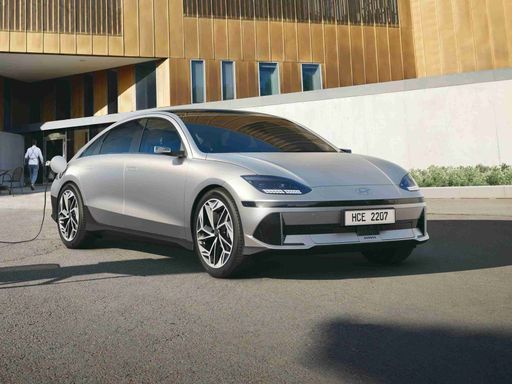 @ hyundai.news
@ hyundai.news
Hyundai IONIQ 6
Hyundai IONIQ 6
The Hyundai IONIQ 6 merges futuristic design with eco-friendly technology, offering a glimpse into the future of electric mobility. Its sleek silhouette and aerodynamic profile are sure to capture attention on the road, while the interior provides a seamless blend of comfort and cutting-edge digital features. With a focus on efficiency and sustainability, this model represents a significant step forward in the evolution of electric vehicles.
details @ hyundai.news
@ hyundai.news
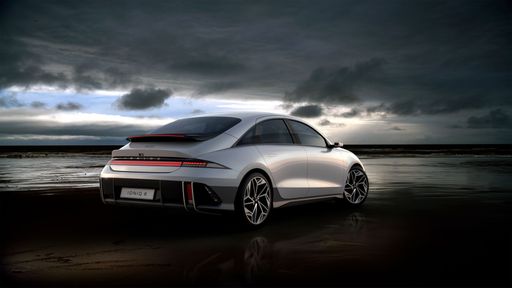 @ hyundai.news
@ hyundai.news
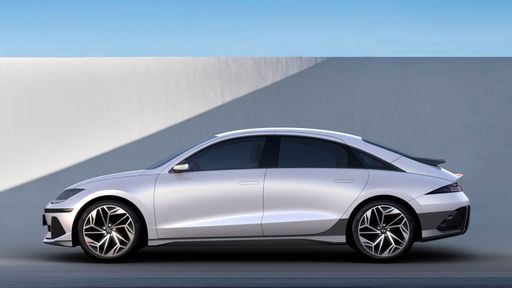 @ hyundai.news
@ hyundai.news
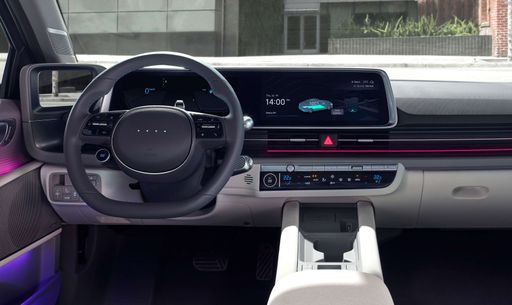 @ hyundai.news
@ hyundai.news
NIO ET5
The ET5, a sleek and innovative model from NIO, seamlessly blends futuristic design with advanced electric vehicle technology. Its interior offers a luxurious yet minimalist vibe, showcasing high-quality materials and cutting-edge digital interfaces. With impressive range capabilities and dynamic performance, the ET5 is set to captivate both car enthusiasts and those focused on sustainable driving solutions.
details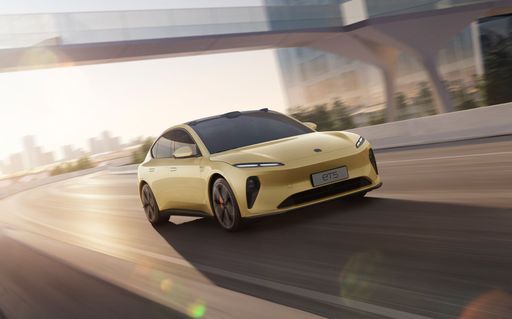 @ NIO
@ NIO
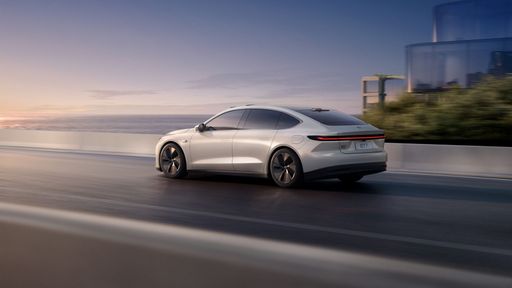 @ NIO
@ NIO
 @ hyundai.news
@ hyundai.news
|
 @ NIO
@ NIO
|
|
|
|
Costs and Consumption |
|
|---|---|
|
Price
37600 - 64300 £
|
Price
40700 - 58700 £
|
|
Consumption L/100km
-
|
Consumption L/100km
-
|
|
Consumption kWh/100km
13.9 - 15.1 kWh
|
Consumption kWh/100km
18.6 - 18.9 kWh
|
|
Electric Range
429 - 614 km
|
Electric Range
456 - 590 km
|
|
Battery Capacity
53 - 84 kWh
|
Battery Capacity
73.5 - 90 kWh
|
|
co2
0 g/km
|
co2
0 g/km
|
|
Fuel tank capacity
-
|
Fuel tank capacity
-
|
Dimensions and Body |
|
|---|---|
|
Body Type
Hatchback
|
Body Type
Hatchback
|
|
Seats
5
|
Seats
5
|
|
Doors
4
|
Doors
5
|
|
Curb weight
1850 - 2095 kg
|
Curb weight
2215 - 2235 kg
|
|
Trunk capacity
401 L
|
Trunk capacity
386 L
|
|
Length
4855 - 4935 mm
|
Length
4790 mm
|
|
Width
1880 - 1940 mm
|
Width
1960 mm
|
|
Height
1495 mm
|
Height
1499 mm
|
|
Max trunk capacity
-
|
Max trunk capacity
1135 L
|
|
Payload
425 - 430 kg
|
Payload
455 - 475 kg
|
Engine and Performance |
|
|---|---|
|
Engine Type
Electric
|
Engine Type
Electric
|
|
Transmission
Automatic
|
Transmission
Automatic
|
|
Transmission Detail
Reduction Gearbox
|
Transmission Detail
Reduction Gearbox
|
|
Drive Type
Rear-Wheel Drive, All-Wheel Drive
|
Drive Type
All-Wheel Drive
|
|
Power HP
151 - 650 HP
|
Power HP
490 HP
|
|
Acceleration 0-100km/h
3.2 - 8.8 s
|
Acceleration 0-100km/h
4 s
|
|
Max Speed
185 - 257 km/h
|
Max Speed
200 km/h
|
|
Torque
350 - 770 Nm
|
Torque
700 Nm
|
|
Number of Cylinders
-
|
Number of Cylinders
-
|
|
Power kW
111 - 478 kW
|
Power kW
360 kW
|
|
Engine capacity
-
|
Engine capacity
-
|
General |
|
|---|---|
|
Model Year
2022 - 2025
|
Model Year
2023
|
|
CO2 Efficiency Class
A
|
CO2 Efficiency Class
A
|
|
Brand
Hyundai
|
Brand
NIO
|
What drive types are available for the Hyundai IONIQ 6?
Available configurations include Rear-Wheel Drive or All-Wheel Drive.
The prices and data displayed are estimates based on German list prices and may vary by country. This information is not legally binding.
